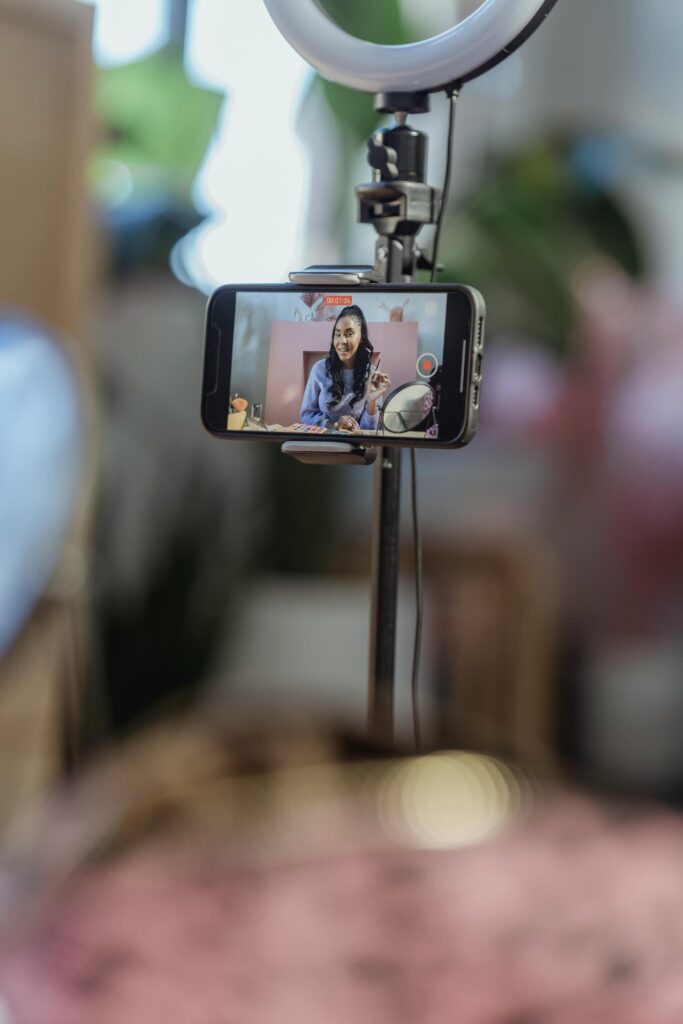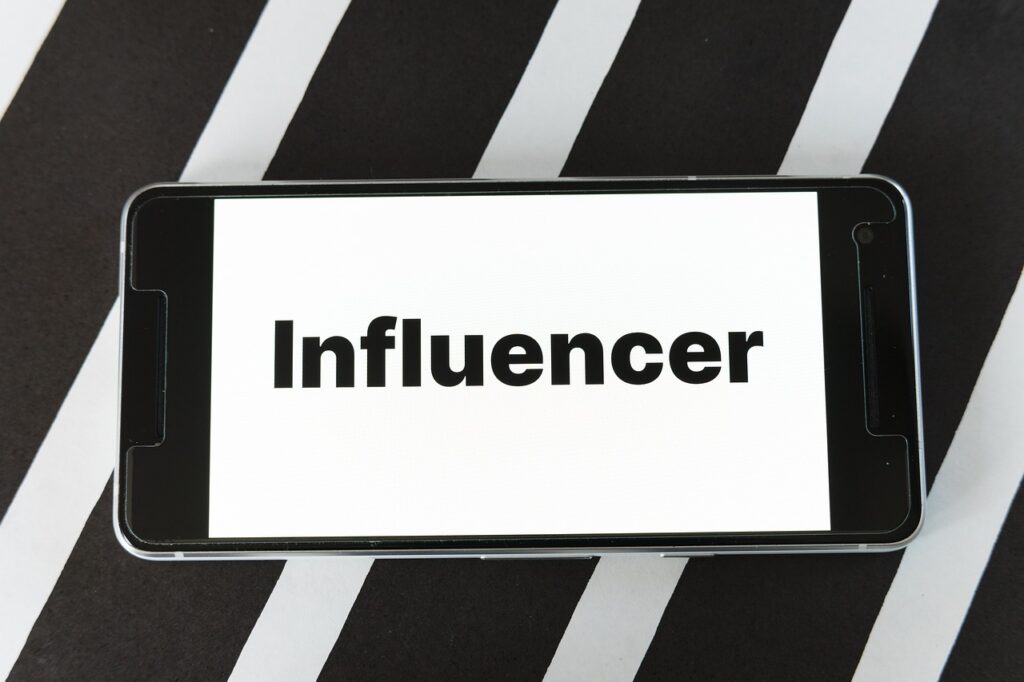In today’s digital landscape, influencer marketing has emerged as a crucial strategy for brands looking to expand their reach, build credibility, and drive sales. By partnering with influencers who have a genuine connection with their audience, brands can tap into new markets, foster brand awareness, and ultimately drive business growth.
Table of Contents
INTRODUCTION
Influencer marketing has become an essential component of many brands’ marketing strategies. With the rise of social media, influencer have become the new tastemakers, and their opinions can make or break a brand. By leveraging influencer marketing, brands can reach their target audience in a more authentic and engaging way, driving brand awareness, website traffic, and sales.
In recent years, influencer marketing has evolved significantly. From its early days of celebrity endorsements to the current era of social media influencer, this marketing strategy has become more sophisticated and nuanced. Today, brands are partnering with influencer who have built trust and credibility with their audience, driving conversions and sales.

Benefits of Influencer Marketing
- Increased Reach: Influencer have a large and engaged following, allowing brands to reach new audiences and expand their market.
- Credibility and Trust: Influencer have built trust with their audience, and their endorsements can significantly impact purchasing decisions.
- Authentic Content: Influencer create authentic and engaging content that resonates with their audience, driving brand awareness and affinity.
- Targeted Marketing: Influencer often have a specific niche or audience, allowing brands to target their marketing efforts more effectively.
Types of Influencers
- Nano-Influencer: 1,000 to 10,000 followers, often with a highly engaged and niche audience.
- Micro-Influencer: 10,000 to 100,000 followers, often with a strong focus on a specific topic or niche.
- Macro-Influencer: 100,000 to 1 million followers, often with a broad reach and influence.
- Celebrity Influencer: Over 1 million followers, often with a massive reach and impact.
How To Leverage Influencer Marketing For Brand Growth

How to Leverage Influencer Marketing
Define Your Goals
Clearly define your goals and objectives for the influencer marketing campaign. Are you looking to increase brand awareness, drive website traffic, or generate sales?
Identify the Right Influencers
Research and identify influencers who align with your brand values, target audience, and marketing goals. Consider factors such as reach, engagement, content quality, and audience demographics.
Develop a Content Strategy
Work with influencers to develop a content strategy that aligns with your brand messaging and marketing goals. This could include sponsored posts, product reviews, tutorials, or events.
Build Relationships
Build strong relationships with influencers by engaging with their content, responding to comments, and showing appreciation for their work.
Measure and Optimize
Track the performance of your influencer marketing campaigns using metrics such as engagement rates, website traffic, and sales. Use this data to optimize future campaigns and improve ROI.
AUTOMATION: Building a Powerful Brand in the Age of A1 and Automation – Content writer
Best Practices
- Authenticity: Ensure that influencers are authentic and genuine in their endorsements.
- Disclosure: Ensure that influencers disclose sponsored content to maintain transparency and comply with regulations.
- Content Quality: Ensure that influencers produce high-quality content that aligns with your brand standards.
- Engagement: Encourage influencers to engage with their audience and respond to comments.

Measuring the Success of Influencer Marketing Campaigns
To measure the success of influencer marketing campaigns, brands can use a variety of metrics, including:
- Engagement Rates: Track the number of likes, comments, and shares on sponsored content.
- Website Traffic: Monitor the number of visitors driven to your website from influencer marketing campaigns.
- Sales: Track the number of sales generated from influencer marketing campaigns.
- Brand Awareness: Monitor the increase in brand mentions, hashtags, and social media conversations.
Common Challanges And Solutions
- Finding the Right Influencers: Use influencer marketing platforms, social media listening tools, and hashtag research to identify influencers who align with your brand.
- Measuring ROI: Use tracking links, promo codes, and analytics tools to measure the performance of influencer marketing campaigns.
- Maintaining Authenticity: Ensure that influencers disclose sponsored content and maintain transparency in their endorsements.
Additional Tips
Build relationships: Build strong relationships with influencers by engaging with their content and showing appreciation for their work.
Be selective: Choose influencers who align with your brand values and target audience.
Set clear goals: Define your goals and objectives for the influencer marketing campaign.
Track performance: Use metrics such as engagement rates, website traffic, and sales to measure the success of your influencer marketing campaigns.
Top Influencer Marketing Platforms
- Collabstr: A marketplace with advanced search filters, direct messaging, secure payment processing, and campaign management tools. Pricing: Freemium, no subscription fees, brands pay only for influencer collaborations.
- AspireIQ: Emphasizes building long-term relationships between brands and influencers, with robust tools for relationship management and advanced analytics. Pricing: Custom pricing based on needs.
- CreatorIQ: Designed for large-scale influencer marketing campaigns, offering workflow automation, advanced analytics, and campaign performance dashboards. Pricing: Custom pricing.
- Influencity: A collaborative platform with an easy-to-use dashboard, access to over 200 million content creators, and features like filter and sort search for influencers.
- Upfluence: A comprehensive platform with AI-powered influencer discovery, influencer relationship management tools, and real-time performance tracking.
- IQfluence: Offers AI-powered tools for identifying and qualifying the right influencers, with 148 million influencers in its database.
- LTK (formerly rewardStyle): A solid choice for brands, with advanced search filters and pre-vetted influencers.
- Sprout Social Influencer Marketing: Offers AI assistant for auto-generating messages, creator matching tools, and streamlined influencer invoicing.
- Afluencer: A leading influencer marketplace helping brands and influencers find each other for partnerships and sponsored content.
- NeoReach: A data-driven platform with AI-powered influencer discovery, campaign automation, and real-time analytics.
- Aria: A free, AI-powered platform with instant access to 200M+ influencer profiles, social listening, and analytics tools.
- Captiv8: Offers AI-driven matching technology, automated campaign management, and real-time performance tracking.
- Grin: A comprehensive platform built for eCommerce brands, integrating directly with eCommerce platforms like Shopify and WooCommerce.
- IndaHash: A platform with a Creator Discovery tool using AI algorithms and over 20 filters to find influencers who align with brand values.
- Statusphere: A platform specializing in micro-influencer marketing with automated influencer matchmaking and product fulfillment.
- Later Influence: Offers audience insights, competitor benchmarking, automated reporting, and data visualization.
- Shopify Collabs: A platform for managing influencer relationships and campaigns, with features like predictive and campaign analytics.
- Meltwater: A social media and consumer intelligence tool with influencer marketing capabilities.
- Brandwatch: A social media and consumer intelligence tool with influencer marketing offering to help find and manage influencer relationships.

FAQs
1. What is influencer marketing?
It is a form of marketing where brands partner with people to promote their products or services to their audience.
2. How do I find the right influencers for my brand?
Research and identify People who align with your brand values, target audience, and marketing goals.
3. What are the benefits of influencer marketing?
Marketing can increase reach, credibility, and trust, drive website traffic and sales, and provide authentic content.
Conclusion
This marketing is a powerful strategy for brands looking to expand their reach, build credibility, and drive sales. By partnering withpeople who have a genuine connection with their audience, brands can tap into new markets, foster brand awareness, and ultimately drive business growth. By following the strategies and best practices outlined in this article, brands can leverage influencer marketing to achieve their marketing goals and drive business success.